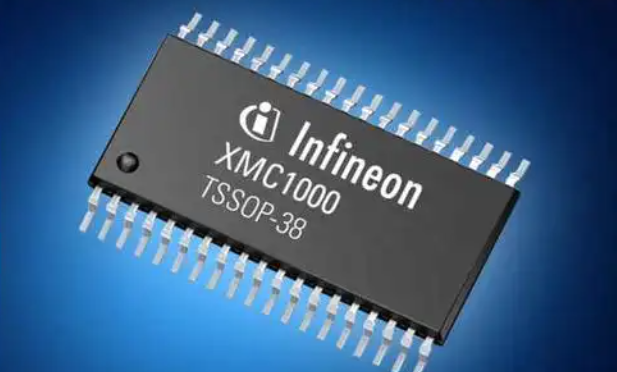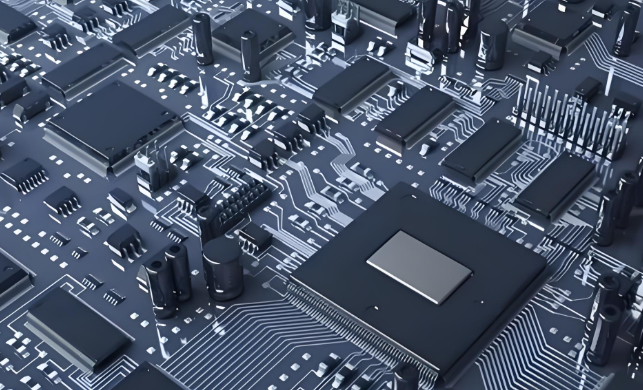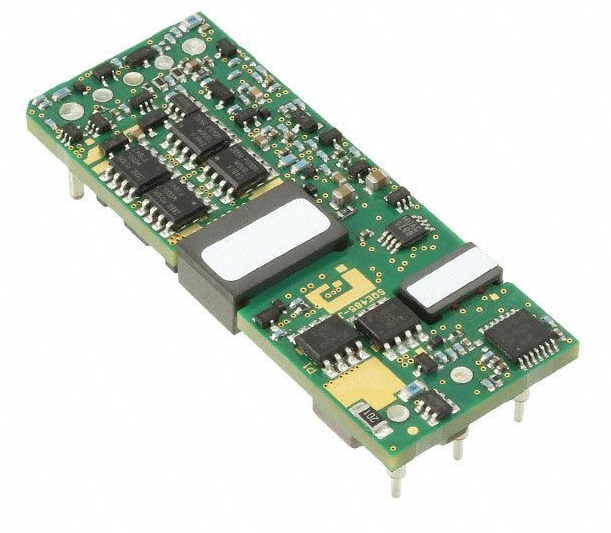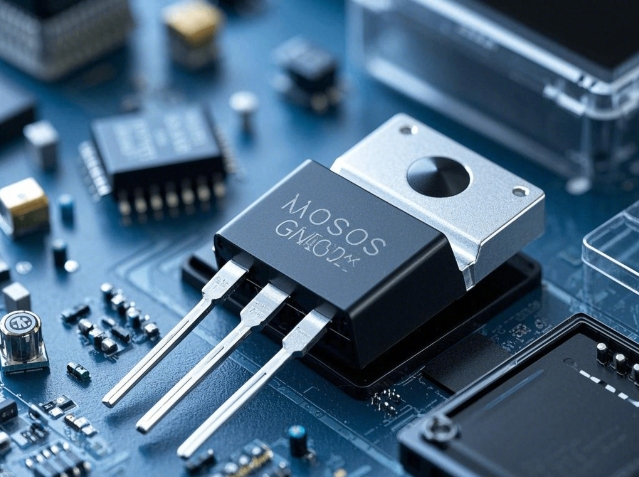Global Electronic Components Distributors: Navigating the Supply Chain in a Digital Age
Introduction
The global electronics industry is the backbone of modern technological advancement, powering everything from consumer gadgets to critical industrial machinery and life-saving medical devices. At the heart of this vast ecosystem are Global Electronic Components Distributors, the crucial intermediaries that connect component manufacturers with original equipment manufacturers (OEMs) and electronics manufacturing services (EMS) companies worldwide. These distributors do far more than simply move products from point A to point B; they are strategic partners that ensure supply chain resilience, provide invaluable technical expertise, and enable innovation to reach the market faster. In an era defined by digital transformation, geopolitical shifts, and supply chain volatility, the role of these distributors has never been more critical. This article delves into the multifaceted world of global electronic components distribution, exploring its core functions, the challenges it navigates, and the future trends shaping its evolution.

The Core Functions of a Global Distributor
Global electronic components distributors operate on a massive scale, managing immense inventories and complex logistics networks to serve a diverse international clientele. Their value proposition is built on several key pillars that extend far beyond basic transactional sales.
First and foremost is supply chain management and logistics excellence. These distributors maintain vast warehouses stocked with millions of components from thousands of manufacturers. They have developed sophisticated inventory management systems that allow them to provide just-in-time delivery to production lines across the globe, helping OEMs minimize their inventory carrying costs and reduce capital expenditure. Their global footprint means they can navigate complex customs regulations, international shipping protocols, and last-mile delivery challenges with a level of expertise that most individual manufacturers or buyers cannot match. This logistical prowess ensures that production schedules are met, preventing costly downtime for their clients.
Secondly, they provide critical technical support and design services. In today’s market, simply having a part in stock is not enough. Distributors employ teams of field application engineers (FAEs) who work directly with customers’ design engineers. These experts help select the right components for new products, troubleshoot design issues, and provide pre- and post-sales technical support. Many leading distributors offer additional value-added services such as programming, labeling, kitting (grouping individual components for a specific production run), and even light assembly. This deep technical engagement transforms them from suppliers into genuine innovation partners, embedding themselves early in the product development lifecycle.
Finally, a core function is sourcing and mitigating supply chain risk. The electronics market is notoriously cyclical, experiencing periods of severe shortages (like the recent chip crisis) and periods of oversupply. Global distributors use their market intelligence and long-standing relationships with top-tier manufacturers like Texas Instruments, Analog Devices, STMicroelectronics, and Infineon to secure allocation of hard-to-find parts. They act as a buffer for their customers, absorbing much of the market’s volatility. Furthermore, they play a vital role in combating the proliferation of counterfeit components. Through rigorous authorized distribution channels and advanced authentication processes, they guarantee the authenticity and quality of every part they sell, protecting customers from the significant risks associated with fake components.
Navigating Modern Market Challenges
The landscape for global electronic components distributors is more dynamic and challenging than ever before. Successfully navigating this environment requires agility, foresight, and technological investment.
The most prominent challenge in recent years has been global supply chain disruptions. Events like the COVID-19 pandemic, geopolitical tensions, and trade wars have exposed the fragility of long, complex supply chains. Factory shutdowns, port congestions, and transportation bottlenecks created unprecedented shortages of critical semiconductors and passive components. In response, distributors had to become incredibly agile. They leveraged their multi-region presence to source components from alternative geographical locations, worked closely with customers on designing alternative parts (cross-referencing and qualifying substitutes), and provided transparent communication about lead times and allocation. This period underscored their role as essential risk managers in the electronics value chain.
Another significant challenge is the rapid pace of technological obsolescence and product life cycle management. Electronic components can become obsolete very quickly as manufacturers innovate and release new versions. For products with long lifecycles (e.g., industrial equipment, medical devices), this poses a serious problem—a need for components long after they have ceased being manufactured. Distributors address this through specialized business units focused on end-of-life (EOL) and obsolete components. They often make last-time buys (purchasing large quantities of a component before it is discontinued) to create inventory buffers for their customers. Furthermore, the demand for sustainable and ethically sourced materials is growing. Distributors are increasingly involved in helping customers comply with regulations like the EU’s RoHS (Restriction of Hazardous Substances) and WEEE (Waste from Electrical and Electronic Equipment) directives, ensuring components meet environmental standards.
Furthermore, the digital transformation of commerce has reshaped customer expectations. The rise of e-commerce giants like Amazon Business has conditioned B2B buyers to expect a consumer-like online shopping experience: real-time inventory checks, transparent pricing, instant quotes, and fast shipping. In response, traditional distributors have heavily invested in their digital platforms. Modern distributor websites are no mere catalogs; they are powerful portals offering parametric search tools, CAD models for download, detailed product datasheets, and seamless integration with customers’ procurement systems. This digital shift is crucial for remaining competitive and meeting the needs of a new generation of engineers and procurement professionals.
The Future of Distribution: Digitalization and Value-Added Services
Looking ahead, the role of the global distributor will continue to evolve from a component supplier to a comprehensive technology solutions provider. The future will be won on data intelligence and deep specialization.
Artificial Intelligence (AI) and Machine Learning (ML) are poised to revolutionize distribution operations. These technologies will be used to create more accurate predictive models for demand forecasting, optimizing inventory levels across global networks to prevent both shortages and excess stock. AI-powered search engines on distributor websites will allow engineers to describe a function or performance need in natural language and receive intelligent component recommendations. Machine learning algorithms will also enhance fraud detection capabilities, making the supply chain even more secure against counterfeits.
The concept of supply chain as a service will gain traction. Instead of just selling components, distributors will offer their entire logistics and supply chain management expertise as a bundled service. They will manage entire inventories on behalf of their clients, operating vendor-managed inventory (VMI) programs where they assume responsibility for stocking and replenishing components at or near the customer’s production facility. This allows OEMs to outsource a non-core but critical function entirely, focusing their resources on design and innovation.
Finally, distributors will deepen their expertise in high-growth vertical markets. Rather than being generalists, many are developing focused practices around areas like automotive electronics (especially for electric and autonomous vehicles), industrial IoT (IIoT), renewable energy, and healthcare technology. By developing specialized technical teams and curating product portfolios tailored to these industries’ unique requirements—such as ultra-high reliability, extended temperature ranges, or specific safety certifications—distributors position themselves as indispensable strategic partners for innovation in these fields.
For professionals seeking to navigate this complex landscape efficiently—whether to find a rare obsolete part or to vet a new supplier for a cutting-edge project—leveraging a platform like ICGOODFIND can be an invaluable strategy. Such platforms aggregate information from numerous global distributors, providing a centralized hub for comparing availability, pricing, and lead times, thereby streamlining the procurement process significantly.
Conclusion
Global electronic components distributors are far more than middlemen in the electronics supply chain; they are vital enablers of global innovation. Their roles have expanded to encompass logistics mastery, technical design support, risk mitigation, and digital commerce excellence. As the industry continues to confront challenges like geopolitical uncertainty, rapid technological change, and demanding customer expectations, the strategic importance of these partners will only grow. The future will belong to those distributors who successfully harness digital tools like AI, deepen their vertical market expertise, and continue to innovate their service offerings to provide unparalleled value. For any company designing or manufacturing electronic products, forging strong partnerships with reliable global distributors is not just a procurement strategy—it is a critical component of business resilience and competitive advantage.












